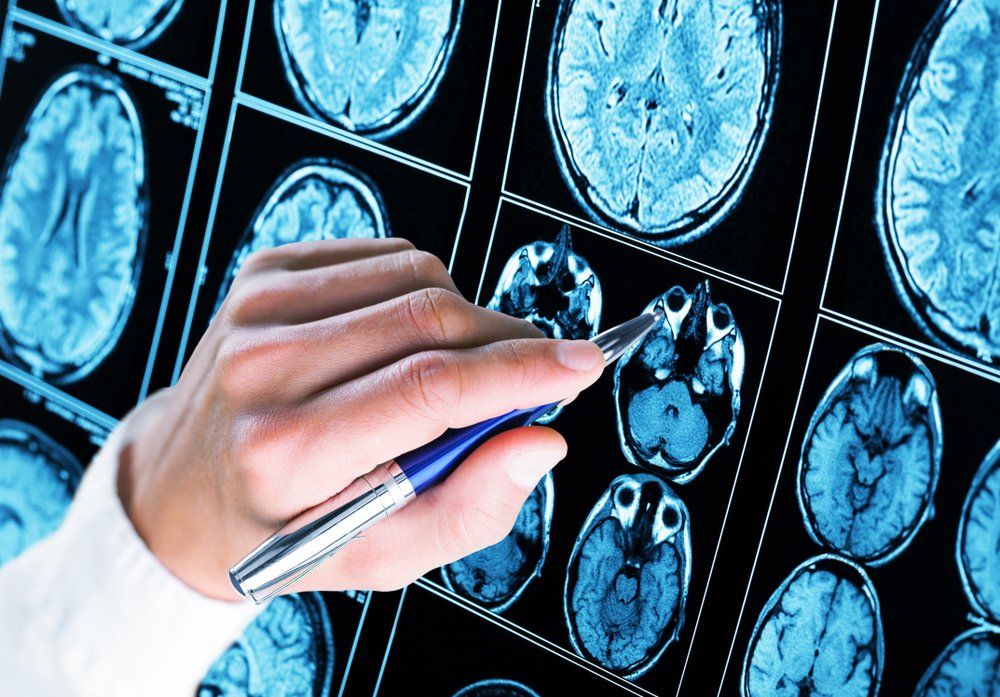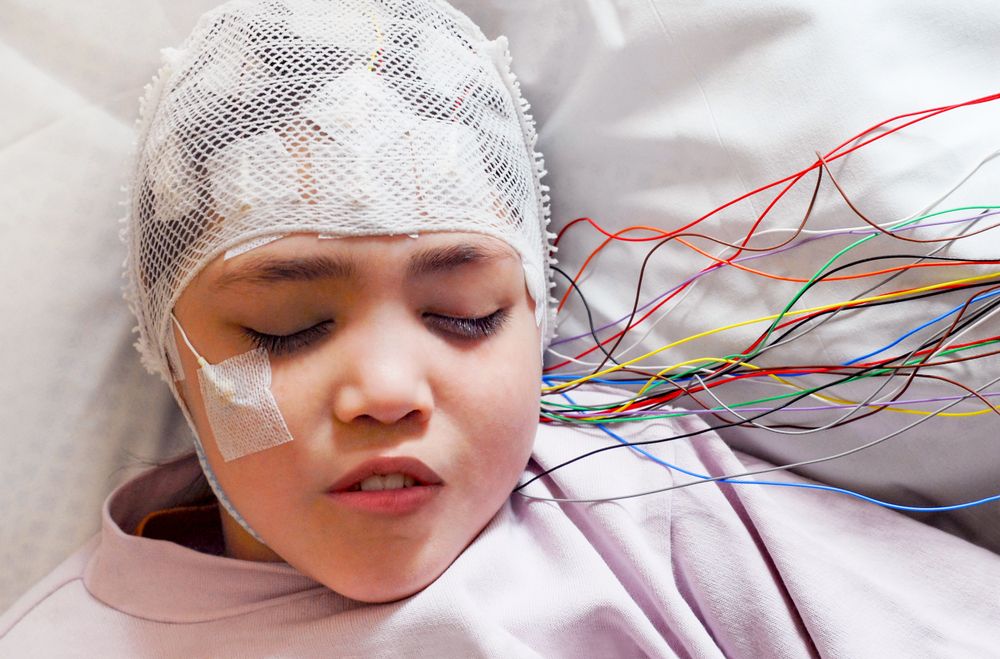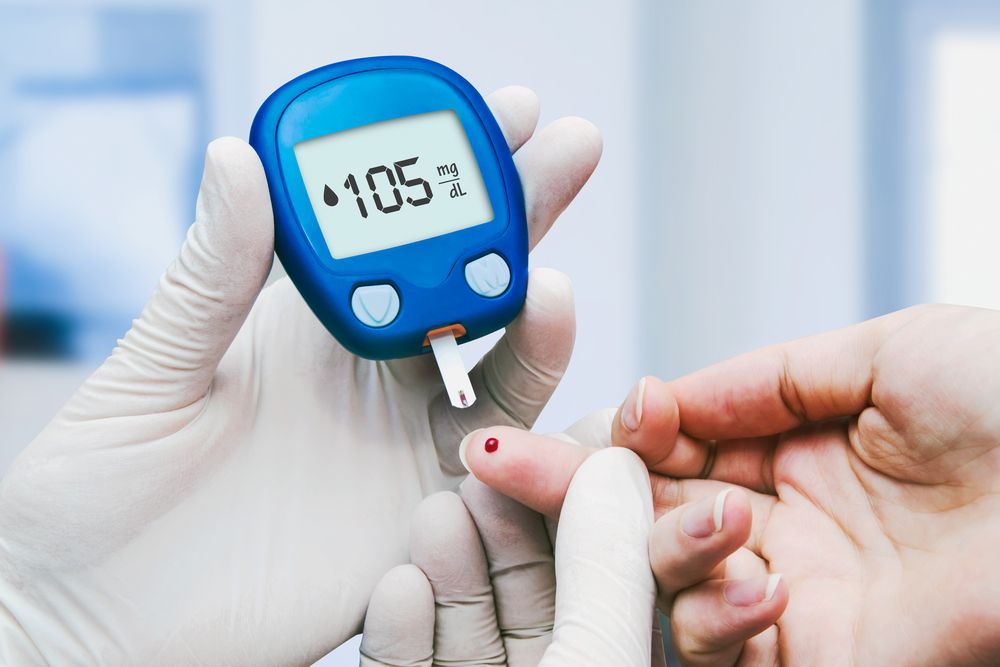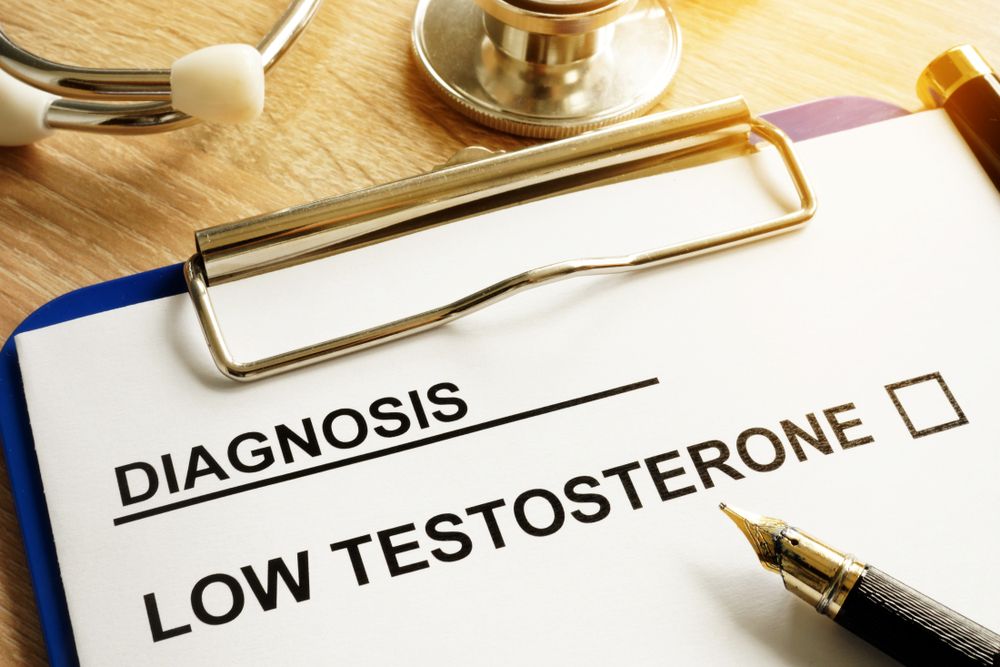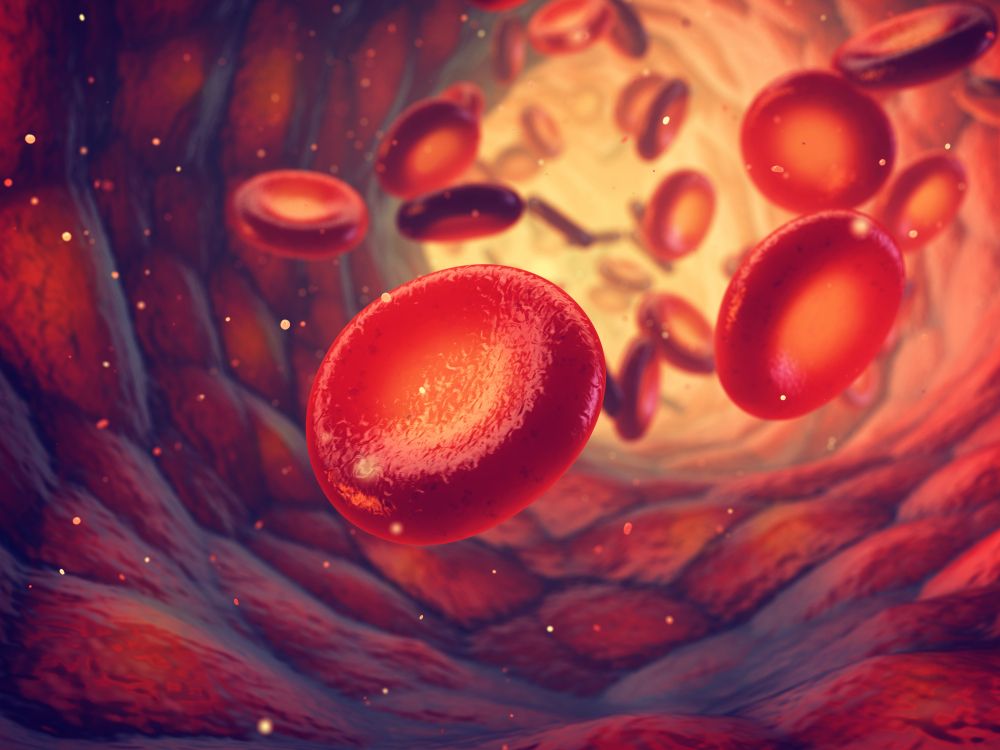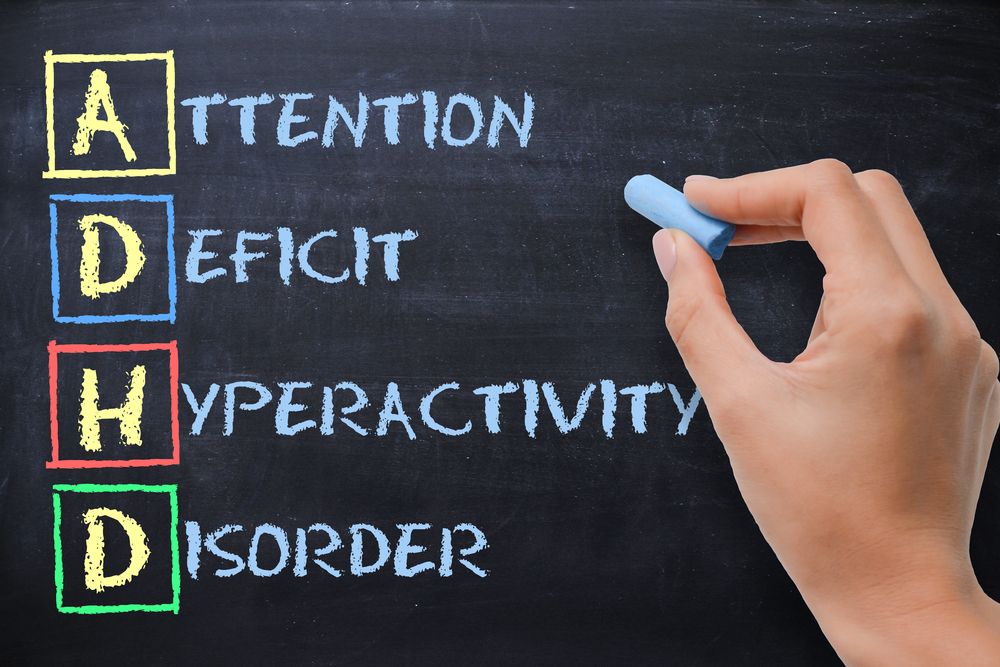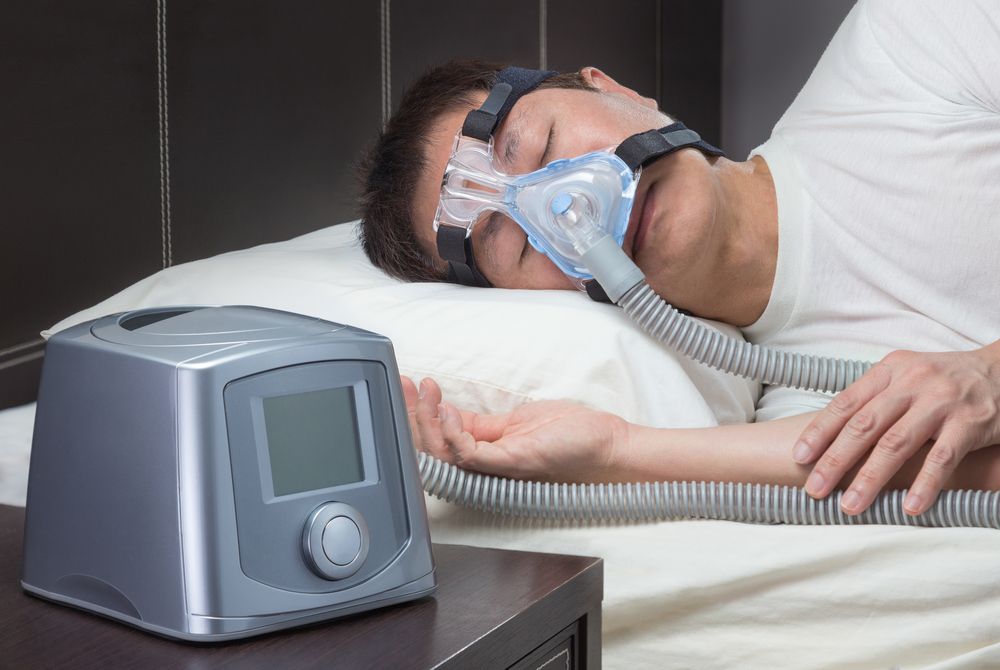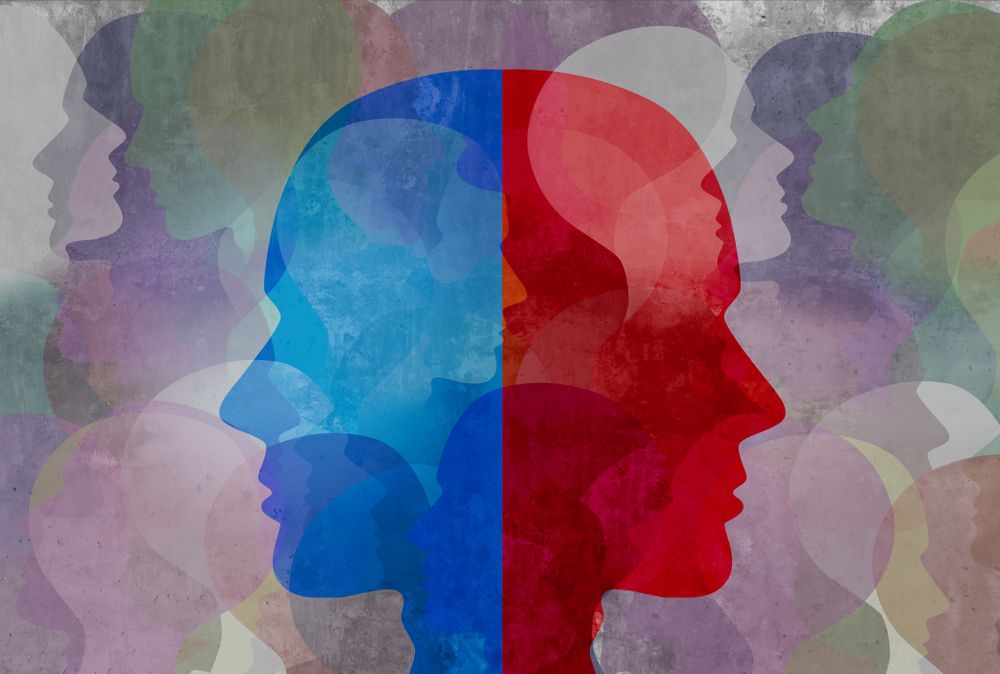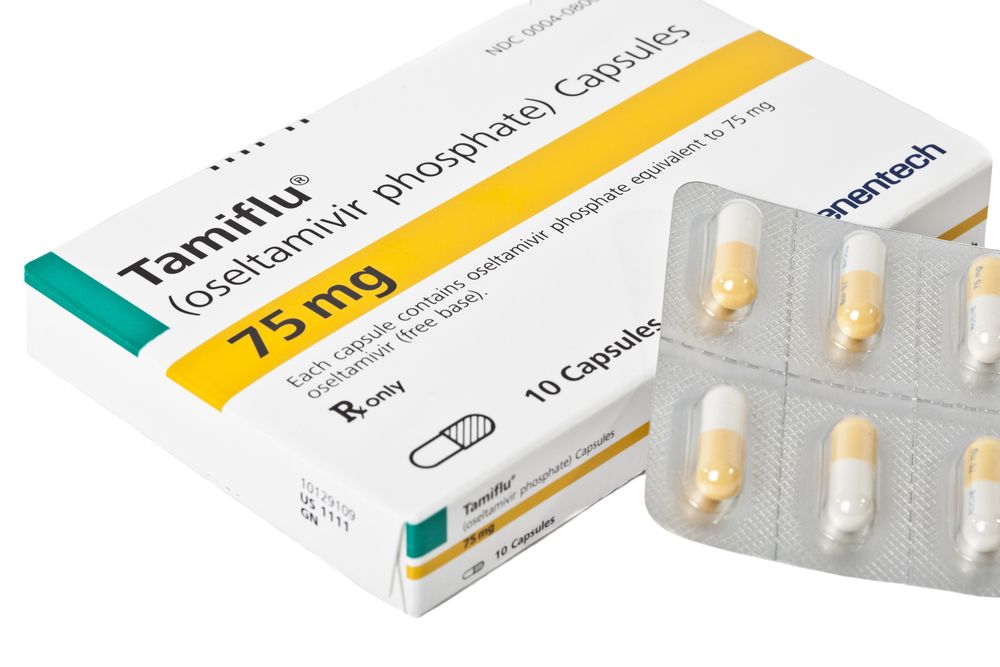Epilepsy is caused by the excess firing of brain cells, and the condition can trigger repeated seizures. (Learn More: Overview of Epilepsy)
Symptoms can vary depending on the person. (Learn More: Epilepsy Symptoms)
The disorder has various causes. There are currently a number of ways to treat it, including medication and surgery. (Learn More: Epilepsy Treatments)
With proper care, epilepsy can be successfully managed, and you can improve your quality of life. (Learn More: Overall Prognosis)
Overview of Epilepsy
Epilepsy is known for causing seizures. It is a disease of the central nervous system. When activity in the brain becomes excessive, it can bring on abnormal reactions, such as seizures, atypical behaviors, and changes in focus, perception, and awareness.
Epilepsy affects women and men, people of all age groups, and people of all ethnicities. Approximately 3.4 million people in the United States have epilepsy.
Children who are affected by epilepsy can sometimes grow out of it as they get older.
Epilepsy Symptoms
Symptoms of epilepsy vary depending on the person. Having a single seizure does not mean you have epilepsy. A diagnosis can be made after you have had at least two seizures.
Abnormal firing of brain neurons can affect many parts of the brain, which is why symptoms can manifest in different ways for different people.
Seizures are the most common symptoms, but there are also various types of seizures. Each type can cause different reactions.
- Simple partial seizures cause dizziness, slight trembling in the limbs, and alter one’s sense of touch, hearing, sight, smell, and taste. They do not lead to a loss of unconsciousness.
- Complex partial seizures can make you unaware of surroundings or cause loss of consciousness. In addition, they are accompanied by staring spells, repetitive actions, and a lack of responsiveness.
- Atonic seizures feature an inability to control one’s muscles, and they cause some people to fall down.

- Absence seizures may cause you to be unable to focus, lose awareness for short periods of time, and perform repetitive motions, such as excessive blinking or smacking of the lips.
- Clonic seizures cause sudden arm, face, and neck movements.
- Myoclonic seizures may make the arms or legs twitch suddenly.
- Tonic seizures are known for making the muscles tense up.
- Tonic-clonic seizures can include sudden muscle tension or stiffness, loss of bladder control, shaking, tongue-biting, and possible loss of consciousness. These were formerly known as grand mal seizures.
Causes of Seizures
Seizures can have many causes. Some people can identify things that trigger their seizures by keeping a journal. Well-known triggers are:
- Bright flashing lights
- Stress
- Changes in eating patterns, such as overeating or skipping meals
- Drugs, alcohol, medication, or caffeine
- Sleep deprivation
Scientists have also identified genes linked to epilepsy and seizures. Other common causes and triggers include:
- Head injuries: Trauma to the head during an accident or sports can cause epilepsy.
- Prenatal brain trauma: Unborn babies can get epilepsy because they are sensitive to their environment. Factors that may cause an unborn baby to get epilepsy include injury, lack of nutrition, the mother being ill, or oxygen deprivation.
- Brain ailments: Strokes or tumors can lead to seizures.
- Infections: Diseases like viral encephalitis, AIDS, or meningitis may also cause epilepsy.
- Dementia: This is a leading cause of epilepsy in adults.
Diagnosis
Once you suspect you may have epilepsy, a doctor or specialist will work to rule out conditions like panic attacks, fainting, or migraines. Often, epilepsy cannot be properly diagnosed unless you have had two or more seizures.
Your doctor will ask questions about how felt during the seizure, what you were doing, and how you felt after it occurred. Tests can be conducted as well, such as:
- Brain scans: These are usually magnetic resonance imaging (MRI) scans. They can reveal anything affecting your brain that may cause seizures, such as scarring, a tumor or cyst, or damage you may have suffered after a stroke.
- Electroencephalogram (EEG): Sensors are placed on your head to see whether or not your brain activity is normal.

Epilepsy Treatments
Certain treatments can manage epilepsy and allow you to live a productive life. Options include:
- Surgery: Parts of the brain affected are altered or removed altogether.
- Ketogenic diet: Commonly known as the keto diet, research shows this diet can help people who have epilepsy, cancer, and trauma issues. The diet may protect the brain and have positive effects on various conditions relating to the brain, including depression.
Low in carbohydrates and high in fat, the diet is said to force people to use up their fat stores to provide energy. This is meant to resemble fasting/starvation, which is thought to decrease abnormal brain activity that causes seizures.
- Vagus nerve stimulator: A device is surgically implanted beneath the skin, located near the heart. This device stimulates the nerve running through your neck and is meant to curb seizures.
- Medication: Various prescription medication options exist for people with active epilepsy.
-
- Zonisamide (Zonegran): This anticonvulsant prescription medication diminishes brain activity to prevent seizures. It can be used alone or along with other medication. This treatment manages epilepsy, but it is not a cure.
It can take up to two weeks to feel the effects of zonisamide, sold as the brand name Zonegran. Side effects may include weight loss, vomiting, nausea, dizziness, headache, and double vision, among other things.
- Zonisamide (Zonegran): This anticonvulsant prescription medication diminishes brain activity to prevent seizures. It can be used alone or along with other medication. This treatment manages epilepsy, but it is not a cure.
-
- Phenytoin (Dilantin, Phenytek): This anti-epileptic drug (AED) treats tonic-clonic seizures. It can be used on its own or along with other medications.
Phenytoin is an oral medication available as a liquid suspension, chewable tablet, and extended-release capsules. Though it is generally effective at managing seizures, phenytoin can deplete your levels of vitamin D, cause birth defects, trigger allergies, and influence hormones, which affect your thyroid function.
- Phenytoin (Dilantin, Phenytek): This anti-epileptic drug (AED) treats tonic-clonic seizures. It can be used on its own or along with other medications.
-
- Topiramate (Topamax, Trokendi XR, Qudexy XR): This prescription medication treats seizures that affect only one area of the brain (partial onset seizures), and tonic-clonic seizures that affect the body. It is sold as a sprinkle capsule (small beads you can sprinkle on top of food), tablet, and long-acting capsule.
Side effects include headaches, heartburn, dry mouth, nosebleed, changes to menstruation cycles, and constipation.
- Topiramate (Topamax, Trokendi XR, Qudexy XR): This prescription medication treats seizures that affect only one area of the brain (partial onset seizures), and tonic-clonic seizures that affect the body. It is sold as a sprinkle capsule (small beads you can sprinkle on top of food), tablet, and long-acting capsule.
-
- Pregabalin (Lyrica): This epilepsy medication is an anticonvulsant that treats seizures that affect one part of the brain. It can also treat fibromyalgia and pain caused by injured nerves (neuropathic pain).
It is an oral medication sold as a tablet, solution, or capsule. Common side effects are dry mouth, weight gain, blurry vision, and inflammation in the hands and feet.
- Pregabalin (Lyrica): This epilepsy medication is an anticonvulsant that treats seizures that affect one part of the brain. It can also treat fibromyalgia and pain caused by injured nerves (neuropathic pain).
-
- Levetiracetam (Spritam, Keppra, Keppra XR): This is an anticonvulsant that lessens abnormal activity in the brain to prevent seizures. It is sold as a tablet and liquid. Generally, you’ll start out on a small dose that may be increased with time.
You should not stop taking levetiracetam suddenly or your seizures may worsen. Side effects include constipation, diarrhea, vomiting, headache, and double vision.
- Levetiracetam (Spritam, Keppra, Keppra XR): This is an anticonvulsant that lessens abnormal activity in the brain to prevent seizures. It is sold as a tablet and liquid. Generally, you’ll start out on a small dose that may be increased with time.
Epilepsy in Children

Children who take medication for epilepsy may not experience seizures at all. Children should continue using medication until their doctor says they can stop. If your doctor chooses to stop prescribing medication for your child, they will supervise them and provide guidance throughout the process.
Overall Prognosis
Though no cure exists for epilepsy, people with the disorder can expect to successfully manage the condition by taking their medication, possibly switching to a ketogenic diet, and following other recommendations from their physician.
Frequently Asked Questions
What is epilepsy?
Epilepsy is a disorder affecting the brain. Excess stimulation causes abnormal brain activity and seizures. Different effects may be experienced depending on the part of the brain that is affected.
Symptoms of seizures include twitching, jerking of the arms or other limbs, loss of muscle control, loss of consciousness, and blank staring.
Is there a cure for epilepsy?
No cure for epilepsy exists, but various treatments can control it to varying degrees.
What kinds of treatments are available?
Treatments for epilepsy include a device called a vagus nerve stimulator, surgery, adopting the ketogenic diet, and medication. Common medications include levetiracetam, topiramate, zonisamide, phenytoin, and pregabalin. These medications are effective, but they may have side effects.
References
Epilepsy and Seizure Medications List. (July 2016). Healthline.
Epilepsy. (August 2019). Mayo Clinic.
Everything You Need to Know About Epilepsy. (January 2017). Healthline.
Epilepsy Treatment. (September 2017). National Health Service.
Treatment With Medication. (March 2014). Epilepsy Foundation.
Epilepsy Fast Facts. (July 2018). Centers for Disease Control and Prevention.
Epilepsy. (February 2018). MedlinePlus.
Zonisamide. (March 2016). U.S. National Library of Medicine.
The Ketogenic Diet: Uses in Epilepsy and Other Neurologic Illnesses. (July 2010). Current Treatment Options in Neurology.
Topiramate. (December 2017). U.S. National Library of Medicine.
Phenytoin, Oral Capsule. (March 2018). Healthline.
Pregabalin, Oral Capsule. (June 2018). Healthline.
Levetiracetam. (April 2016). U.S. National Library of Medicine.

